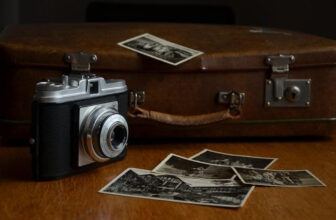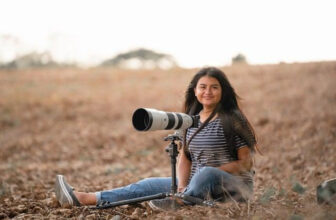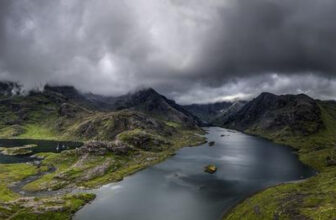Mastering Tele Photography: Essential Tips
GoogleAds

In a digital age where communication knows no bounds, tele photography has become an indispensable tool for capturing moments from a distance. Whether you’re a seasoned pro or a novice enthusiast, mastering the art of tele photography can open up a world of new possibilities. In this article, we will explore essential tips and techniques to help you take your tele photography skills to the next level.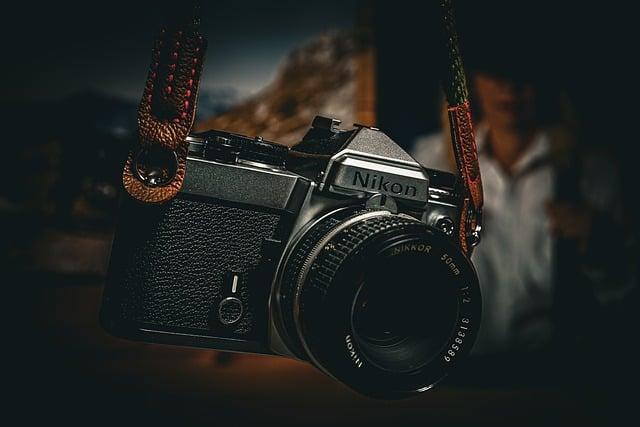
Understanding Tele Photography: A Beginner’s Guide
Have you ever wondered how professional photographers capture stunning images from a distance? Tele photography may seem complex at first, but with the right tips and tricks, you can master this art form and take your photography skills to the next level.
One essential tip for mastering tele photography is to invest in a quality telephoto lens. A telephoto lens allows you to zoom in on distant subjects and capture clear, detailed images. Make sure to choose a lens with a focal length that suits your photography style, whether you prefer capturing wildlife, sports, or landscapes.
When shooting with a telephoto lens, stability is key. To avoid blurry images, use a tripod or monopod to keep your camera steady. Additionally, consider using a remote shutter release or the camera’s timer function to minimize camera shake and ensure sharp photos.
Lighting plays a crucial role in tele photography. In low light conditions, increase your ISO setting to brighten your images without sacrificing image quality. Alternatively, wait for optimal lighting conditions, such as the golden hour, to capture stunning telephoto shots with soft, warm light.
Composition is another important aspect to consider when mastering tele photography. Experiment with different angles, perspectives, and framing techniques to create compelling and visually pleasing images. Remember to leave space around your subject and pay attention to the background to enhance the overall composition of your photos.
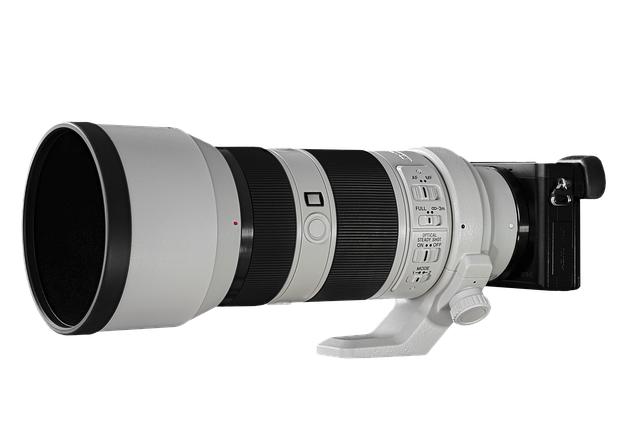
Choosing the Right Telephoto Lens for Your Camera
When it comes to capturing stunning telephoto shots, selecting the right lens for your camera is crucial. With a variety of options available in the market, it can be overwhelming to choose the best one that suits your photography needs. Here are some essential tips to help you master tele photography by selecting the right telephoto lens for your camera.
First and foremost, consider the focal length of the telephoto lens. Telephoto lenses typically have focal lengths above 70mm, allowing you to zoom in on distant subjects. Depending on the type of photography you do, you may opt for a prime telephoto lens with a fixed focal length or a zoom telephoto lens that provides versatility in composition. Evaluate your shooting style and subjects to determine the ideal focal length for your telephoto lens.
Another important factor to consider is the maximum aperture of the telephoto lens. A wider aperture, indicated by a smaller f-stop number, allows more light to enter the lens, enabling you to shoot in low-light conditions and achieve a shallow depth of field for beautiful bokeh effects. However, lenses with wider apertures tend to be more expensive. Decide on your budget and shooting requirements to select the appropriate maximum aperture for your telephoto lens.
Furthermore, pay attention to the image stabilization capabilities of the telephoto lens. Image stabilization technology helps reduce camera shake and blur in your photos, especially when shooting handheld at lower shutter speeds. This feature is particularly beneficial for telephoto lenses with longer focal lengths that are more susceptible to camera shake. Choose a telephoto lens with reliable image stabilization to ensure sharp and clear images.
Lastly, consider the size, weight, and build quality of the telephoto lens. Depending on your photography style, you may prefer a lightweight and compact lens for portability or a heavier, more robust lens for durability. Additionally, opt for a telephoto lens constructed with high-quality materials that can withstand various shooting conditions. Factor in these physical attributes when .
Mastering Composition Techniques for Tele Photography
In the world of photography, can significantly enhance your skills and take your images to the next level. By understanding how to effectively frame your shots and utilize the unique capabilities of a telephoto lens, you can capture stunning images that stand out from the crowd.
One essential tip for mastering tele photography is to pay attention to the rule of thirds. This rule suggests dividing your frame into nine equal parts with two horizontal and two vertical lines, then placing your subject along these lines or at the intersections. This technique can create a sense of balance and interest in your photos, drawing the viewer’s eye to the focal point.
Another crucial aspect to consider when using a telephoto lens is the depth of field. With a narrow depth of field, you can isolate your subject from the background, emphasizing their importance in the image. By adjusting your aperture settings and focusing carefully, you can create stunning images with a beautiful bokeh effect that adds depth and dimension to your photos.
Leading lines are another powerful compositional tool that can enhance your tele photography. By incorporating lines that lead the viewer’s eye towards the main subject, you can create a sense of movement and guide the viewer’s gaze through the image. Whether it’s a winding road, a meandering river, or a row of trees, leading lines can add visual interest and depth to your photos.
Additionally, paying attention to negative space can help bring balance and harmony to your tele photographs. Negative space refers to the areas around and between the subjects in your image, and by incorporating empty space strategically, you can create a sense of simplicity and elegance in your compositions. Embracing negative space can help highlight your subject and create a visually pleasing image that draws the viewer in.
Lastly, experimenting with different perspectives and angles can add variety and creativity to your tele photography. Instead of always shooting from eye level, try getting down low or shooting from above to capture unique and dynamic images. By exploring different viewpoints and perspectives, you can discover new ways to tell stories and create visually compelling photographs that engage and inspire viewers.
Tips for Achieving Sharp and Clear Telephoto Images
When it comes to tele photography, achieving sharp and clear telephoto images can be a challenging task. However, with the right tips and techniques, you can master the art of tele photography and capture stunning images. Here are some essential tips to help you take your telephoto images to the next level:
1. Use a tripod: When shooting with a telephoto lens, even the slightest camera shake can result in blurry images. To ensure sharpness, use a sturdy tripod to keep your camera steady.
2. Use a remote shutter release: To further minimize camera shake, use a remote shutter release or timer to take your photos. This will help you avoid touching the camera and causing any vibrations.
3. Increase shutter speed: To freeze motion and prevent blur, use a fast shutter speed when shooting telephoto images. A general rule of thumb is to use a shutter speed that is at least the reciprocal of your focal length (e.g., if you’re shooting at 200mm, use a shutter speed of 1/200 or faster).
4. Focus carefully: When shooting with a telephoto lens, achieving accurate focus is crucial for sharpness. Use the autofocus system on your camera, or manually focus on your subject to ensure clarity.
5. Consider using image stabilization: Some telephoto lenses come equipped with image stabilization technology, which helps to reduce camera shake and improve image sharpness. If your lens has this feature, be sure to turn it on when shooting.
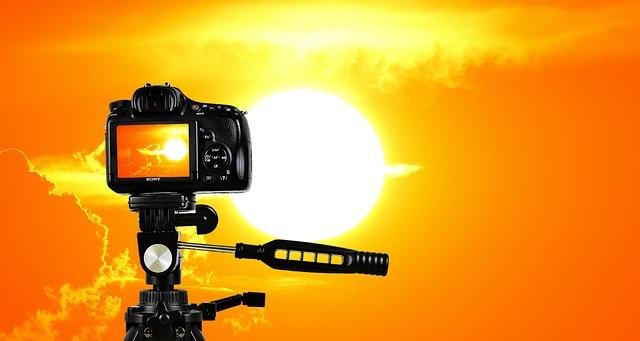
Utilizing Tripods and Image Stabilization for Tele Photography
Photographing objects from a distance can be a challenging task, but with the right equipment and techniques, you can master tele photography like a pro. One essential tool for capturing sharp and clear images when using a telephoto lens is a tripod. By utilizing a tripod, you can eliminate camera shake and ensure stability, especially when shooting in low light conditions or at a high zoom level.
When choosing a tripod for tele photography, opt for a sturdy and lightweight model that can support the weight of your camera and lens. Look for a tripod with adjustable legs and a leveler to set up on uneven surfaces. Additionally, consider investing in a tripod with a fluid head for smooth panning and tilting motions when tracking moving subjects.
In addition to using a tripod, image stabilization technology can also significantly improve the quality of your telephoto images. Most modern cameras and lenses come equipped with built-in image stabilization (IS) features that help reduce blur caused by hand movement. When shooting handheld with a telephoto lens, activate the IS setting on your camera to compensate for any unwanted vibrations and movements.
To further enhance the sharpness of your telephoto images, consider using a remote shutter release or a timer to minimize camera shake when taking photos. By triggering the shutter remotely, you can avoid touching the camera and causing vibrations that may impact the clarity of your shots. Additionally, using a timer allows you to step away from the camera and let it stabilize before capturing the image.
In conclusion, mastering tele photography requires a combination of the right equipment and techniques. By utilizing tripods and image stabilization features, you can improve the sharpness and clarity of your telephoto images. Experiment with different settings and practice regularly to hone your skills and capture stunning long-distance shots with precision and accuracy.
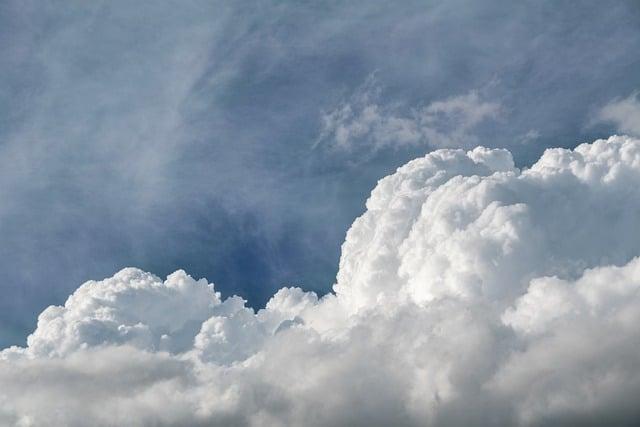
Navigating Challenges in Tele Photography: Weather, Lighting, and Distractions
Mastering the art of tele photography requires more than just a good eye. It involves navigating through various challenges that can make or break a shot. Weather, lighting, and distractions are common obstacles that photographers face when using telephoto lenses. However, with the right techniques and tips, these challenges can be overcome to capture stunning images.
**Weather** can play a significant role in tele photography. Rain, fog, and extreme heat can all affect the quality of your images. To combat these challenges, it’s essential to be prepared with the right gear. A weather-sealed camera and lens can protect your equipment from the elements. Additionally, using a lens hood can help prevent water droplets from interfering with your shot.
When it comes to **lighting**, proper exposure is crucial for telephoto photography. Harsh sunlight can create harsh shadows and overexposed areas in your photos. To achieve balanced lighting, consider shooting during golden hour or blue hour when the light is softer and more flattering. Additionally, using a lens with a wide aperture can help you control the amount of light entering your camera.
**Distractions** can also be a major issue when shooting with a telephoto lens. Unwanted objects or people in the background can detract from the main subject of your photo. To minimize distractions, consider using a shallow depth of field to blur the background. You can also try changing your shooting angle or moving closer to your subject to eliminate any unwanted elements in the frame.
When dealing with challenging conditions in tele photography, **patience** is key. Don’t be discouraged if your first few shots don’t turn out as expected. Take the time to experiment with different settings and techniques to find the best approach for each situation. Remember, practice makes perfect, and the more you shoot, the better you will become at mastering tele photography.
In conclusion, mastering tele photography requires a combination of technical skill, creativity, and perseverance. By understanding how to navigate through weather, lighting, and distractions, you can capture stunning images that showcase the beauty of the world through your lens. With these essential tips in mind, you’ll be well on your way to becoming a master of telephoto photography.
Post-Processing Tips for Enhancing Telephoto Images
Telephoto lenses are fantastic tools for capturing distant subjects, but sometimes the images can lack the impact and clarity we desire. By utilizing post-processing techniques, you can enhance your telephoto images and take your photography to the next level.
One essential tip for enhancing telephoto images is to adjust the exposure and contrast. Telephoto lenses can sometimes produce images that are a bit flat, so by increasing the contrast and tweaking the exposure, you can make your subjects pop. Experiment with different levels until you find the perfect balance for your image.
Another important post-processing tip is to sharpen your images. Telephoto lenses can sometimes result in slightly soft images, especially when shooting handheld or in less than ideal lighting conditions. Use a sharpening tool in your editing software to bring out the fine details and make your subjects appear crisp and clear.
Color correction is also key when it comes to enhancing telephoto images. Use the white balance adjustment tool to correct any color casts that may be present in your photos. This will help ensure that the colors in your images are true to life and vibrant.
Lastly, don’t be afraid to crop and frame your images to improve composition. Telephoto lenses allow you to capture distant subjects, but sometimes there is unwanted space in the frame. By cropping in post-processing, you can eliminate distractions and create a more impactful image.
Q&A
Q: What is tele photography?
A: Tele photography refers to photography done using a telephoto lens, which allows photographers to take close-up shots of subjects that are far away.
Q: What are some essential tips for mastering tele photography?
A: Some essential tips for mastering tele photography include using a tripod to minimize camera shake, adjusting your aperture to control depth of field, and practicing proper focusing techniques.
Q: How can tele photography benefit photographers?
A: Tele photography allows photographers to capture distant subjects with clarity and detail, opening up new possibilities for composition and creativity in their work.
Q: What are some common challenges photographers face when using telephoto lenses?
A: Some common challenges photographers face when using telephoto lenses include maintaining sharp focus, dealing with camera shake, and managing the weight and size of the lens.
Q: How can photographers improve their tele photography skills?
A: Photographers can improve their tele photography skills by practicing regularly, experimenting with different settings and techniques, and seeking feedback from fellow photographers or mentors.
Wrapping Up
In conclusion, mastering telephotography requires patience, practice, and a keen eye for detail. By following these essential tips, photographers can elevate their skill level and capture stunning, detailed images from a distance. Remember to experiment, learn from your mistakes, and most importantly, enjoy the process of capturing the world through your lens. Happy shooting!
GoogleAds



